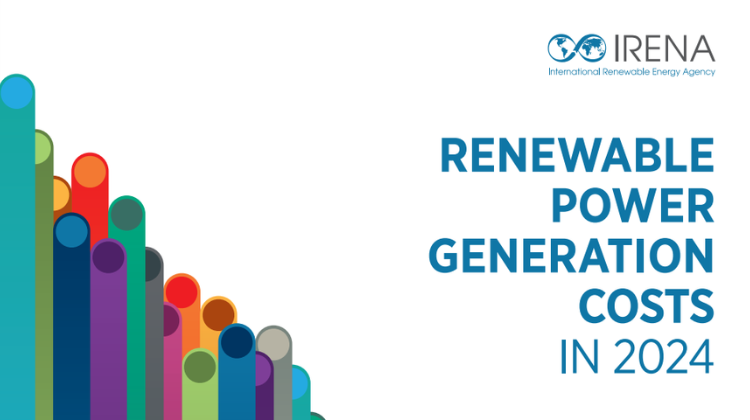Key Takeaways
- Short-term challenges in renewable energy costs persist due to geopolitical tensions and supply chain issues, particularly affecting Europe and North America.
- The United Nations emphasizes the importance of unblocking barriers and fostering investments to accelerate the transition to renewables.
- Technological advancements and stable policies are crucial for reducing investment risks and enhancing the economics of renewable energy projects.
Current State of Renewable Energy Costs
While technological advancements and stronger supply chains promise long-term cost reductions, immediate challenges impact renewable energy pricing. Geopolitical factors, including trade tariffs and supply chain bottlenecks, particularly in China, introduce risks that could elevate costs temporarily. In Europe and North America, structural issues such as permitting delays and limited grid capacity may further sustain high costs.
In contrast, regions like Asia, Africa, and South America exhibit greater potential for cost reductions, thanks to their rapid learning rates and abundant renewable resources. United Nations Secretary-General António Guterres highlighted that “clean energy is smart economics,” urging leaders to eliminate barriers and enhance investment in renewables. He noted that the reliance on fossil fuels is declining, emphasizing the need for a smooth transition to affordable and secure energy.
IRENA’s Director-General, Francesco La Camera, pointed out that renewable energy has achieved cost competitiveness, with avoided fossil fuel costs projected to reach USD 467 billion in 2024. However, the ongoing geopolitical tensions and material supply constraints present significant risks to maintaining this momentum. IRENA stresses that international cooperation and stable policy frameworks are vital, especially in the Global South, to safeguard progress in the energy transition.
The 2024 IRENA report identifies various structural cost drivers affecting renewable investments. It emphasizes that predictable revenue frameworks are critical for reducing investment risk. Stable financing conditions are particularly important for scaling up renewables in both established and emerging markets.
Integration costs are becoming a prominent barrier, with many wind and solar projects facing delays due to grid connection issues and slow permitting processes. This challenge is especially acute in G20 countries and emerging markets, highlighting the urgent need for grid investments that can support both rising electricity demand and the expansion of renewable projects.
Moreover, financing costs significantly impact project viability. In many Global South nations, high capital costs driven by economic conditions inflate the levelized cost of electricity (LCOE) for renewables. For instance, while onshore wind generation costs are comparable in Europe and Africa, structural differences lead to higher financing burdens in Africa, with costs of capital ranging from 3.8% in Europe to 12% in Africa.
Technological innovations beyond energy generation are also enhancing the economic viability of renewables. The price of battery energy storage systems (BESS) has seen a dramatic decline of 93% since 2010, reaching USD 192/kWh for utility-scale systems in 2024. This drop reflects advancements in manufacturing and materials. As renewable energy integration becomes more complex, hybrid systems combining solar, wind, and BESS, along with AI-driven digital technologies, are increasingly essential. However, investment in digital infrastructure, flexibility, and grid modernization remains crucial, particularly in markets where the full potential of renewables has yet to be realized.
The content above is a summary. For more details, see the source article.















